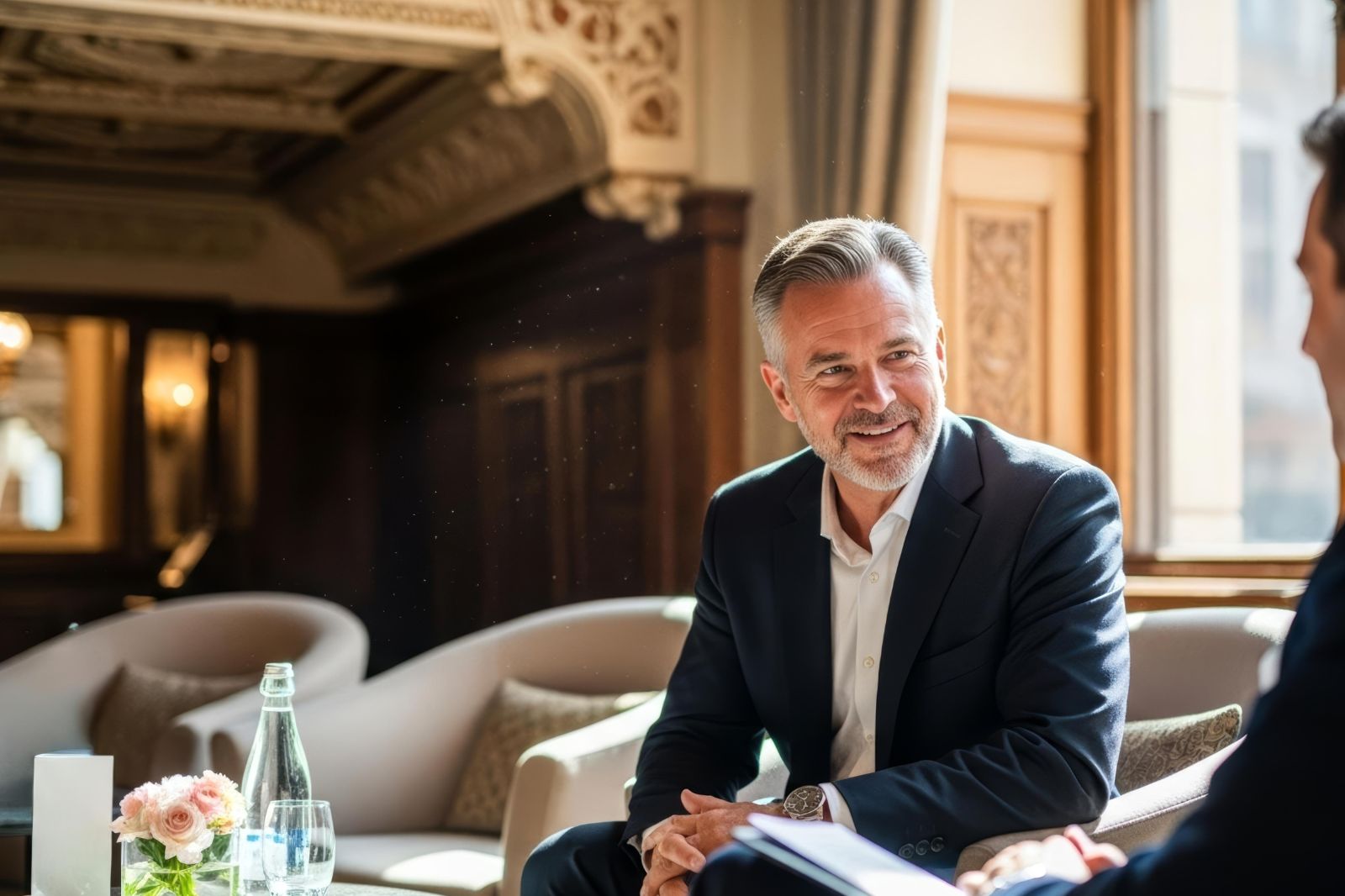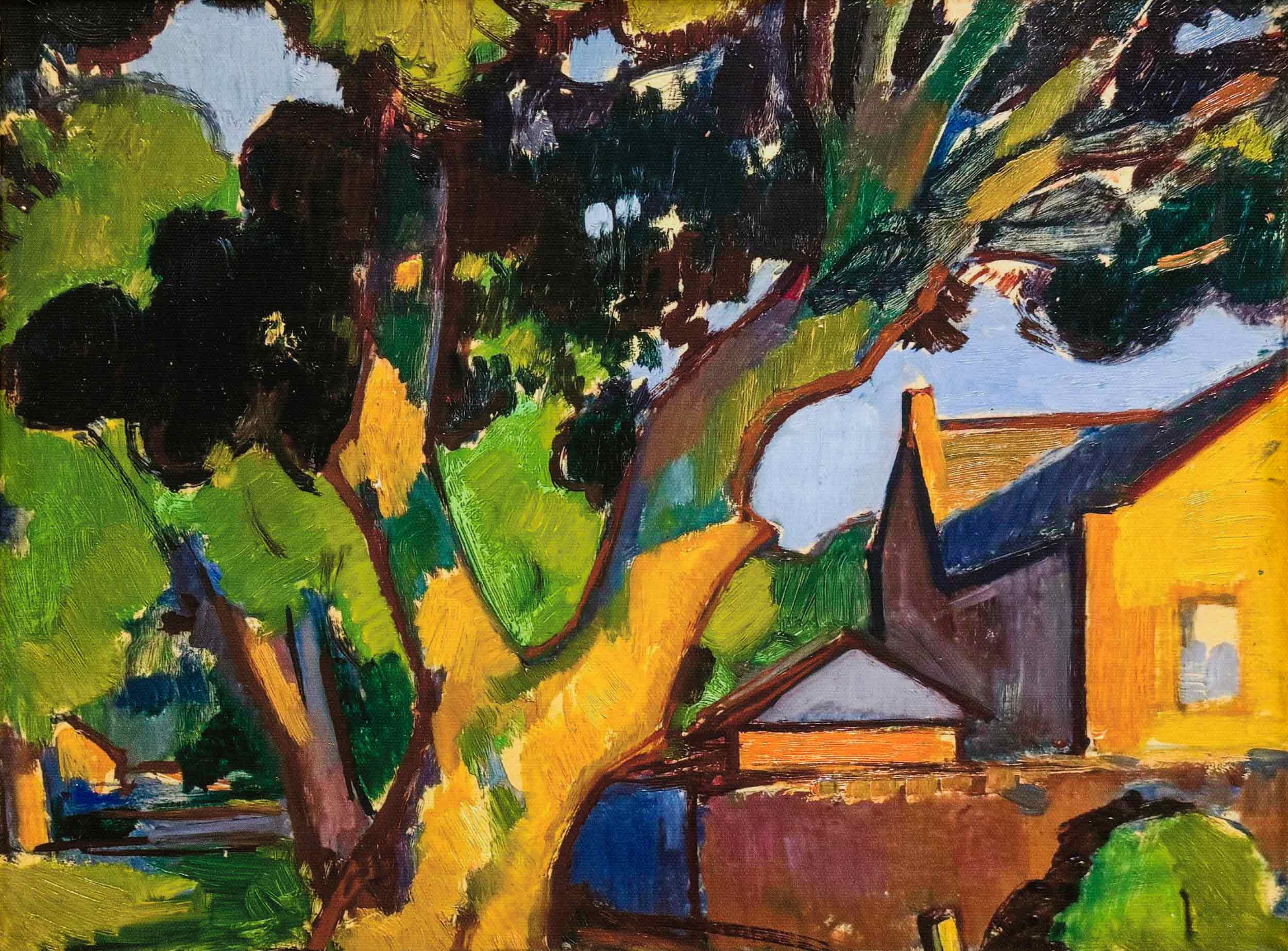Coutts' experts share their views on the topics that truly resonate with your wealth strategy and life goals. We provide investment market analysis, first-hand financial planning insight, exclusive property research and much more.
Overlay
Insights
Our Insights


Investing
Investment Outlook 2026: Resilience amidst turbulence
Most read articles
Most recent articles
Global finance
CIO Update

The Coutts Art Club
Creating and collecting passion
Wealth Manager Harry Jellicoe explains how clients can embark on a voyage of artistic discovery and appreciation through the Coutts Art Club.